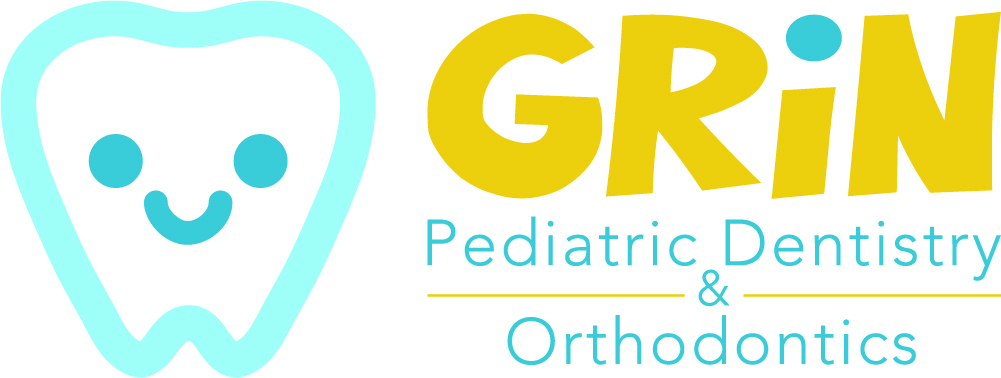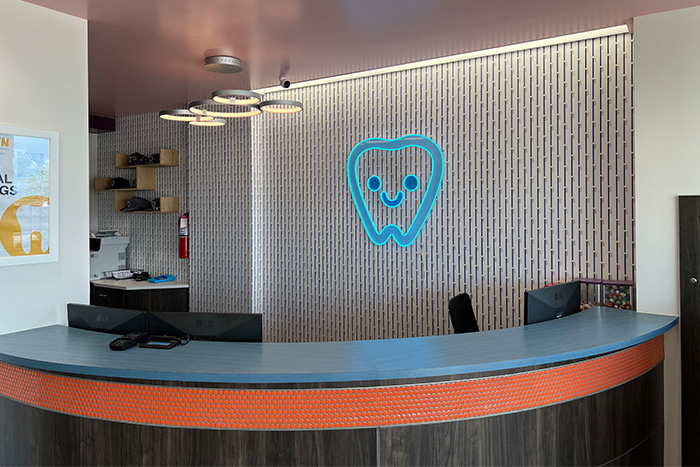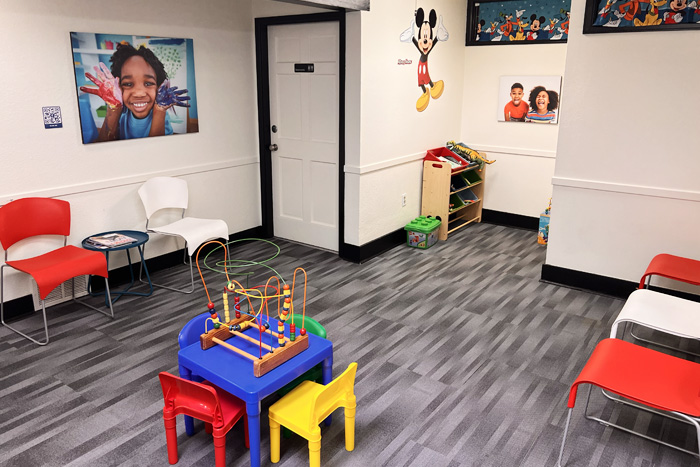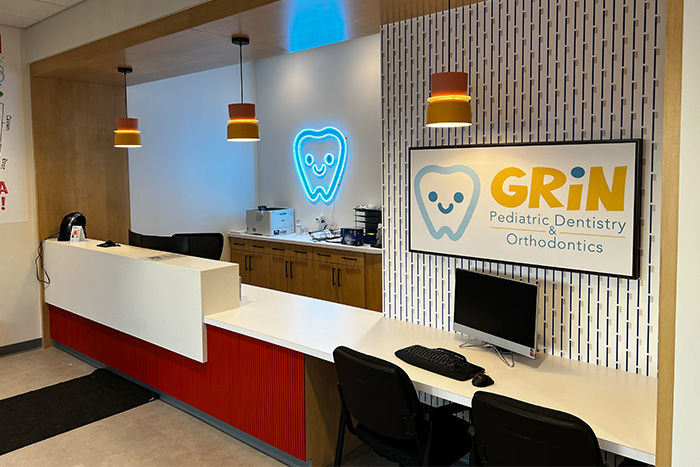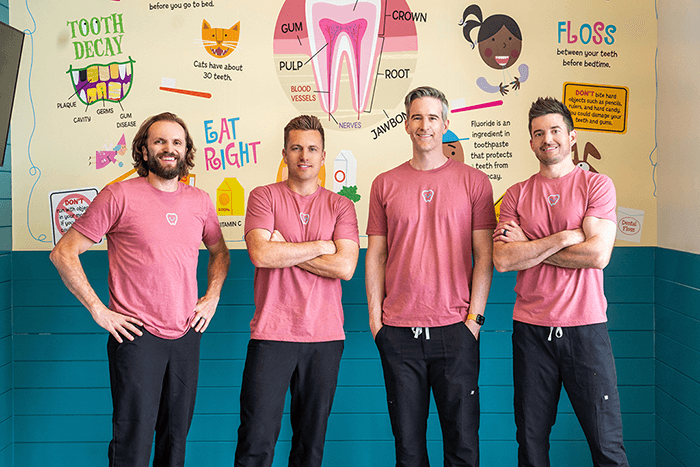Meet Dr. Colton Flake
Pediatric Dentist | Grin Pediatric Dentistry
Caring for Kids, One Smile at a Time
Dr. Colton Flake is a skilled pediatric dentist at Grin Pediatric Dentistry and Orthodontics. With a warm, approachable style and a heart for working with children, Dr. Flake is committed to creating a calm and welcoming environment for every young patient. From the very first visit, his goal is to make dental care fun, stress-free, and tailored to each child’s needs.
Education & Professional Expertise
Dr. Flake began his academic journey at Arizona State University, where he discovered his passion for helping others. He earned his Doctor of Dental Surgery (DDS) from the University of Colorado School of Dental Medicine in 2010. Driven to specialize in pediatric care, he went on to complete a two-year pediatric dentistry residency at the University of Nevada, Las Vegas, gaining advanced clinical training in treating infants, children, and patients with special health care needs.
His areas of focus include preventive dentistry, behavioral management, and gentle treatment techniques that promote lifelong oral health habits in children.

Community-Focused Pediatric Dentistry
Since joining Grin Pediatric Dentistry in 2012, Dr. Flake has proudly served families across Colorado, helping children develop healthy smiles that last. Known to many as “Dr. Colt,” he values strong connections with families and is passionate about educating parents on simple ways to support their child’s dental wellness at home.
Outside of the office, Dr. Flake enjoys spending time with his wife and their three children—twin boys Casen and Oliver, and their daughter Scottie. He also loves golfing, scuba diving, traveling, and has a well-known fondness for cheesecake.
Dr. Colton Flake – Your Trusted Pediatric Dental Partner
Whether it’s your child’s first dental visit or a return for routine care, Dr. Flake’s gentle approach and years of expertise in pediatric dentistry make him a trusted provider for families across the community. He takes pride in delivering care that helps every child feel safe, confident, and excited about taking care of their teeth.

Ready to book your child’s visit?
Schedule an appointment with Dr. Colton Flake at Grin Pediatric Dentistry and Orthodontics.
